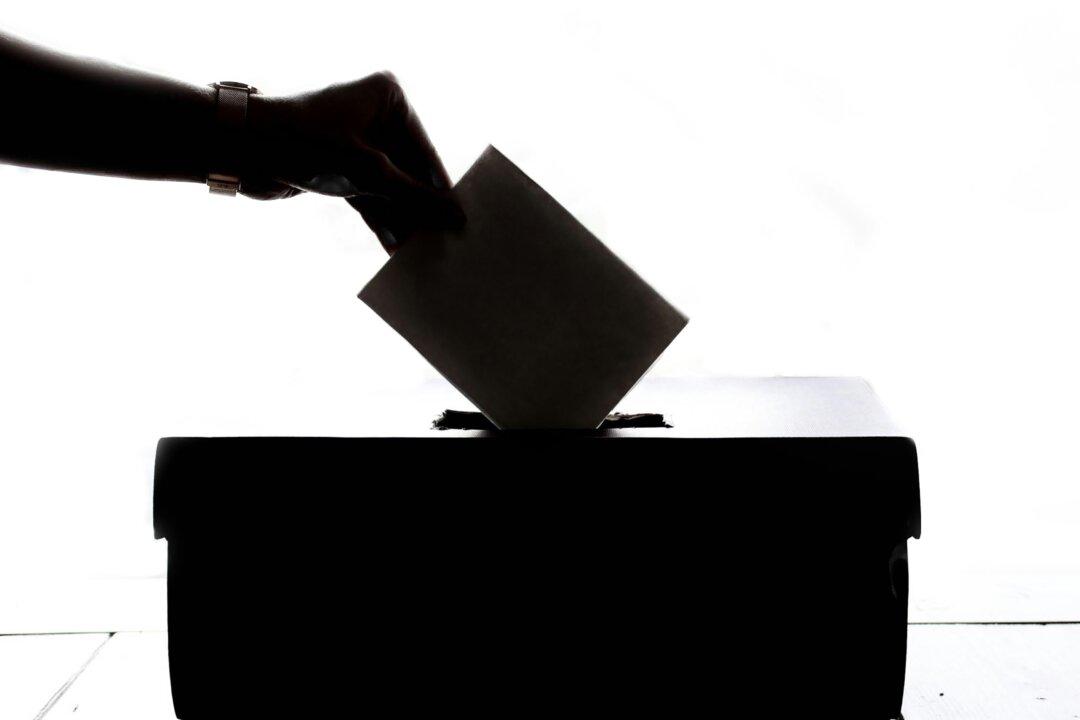Commentary
Much attention is being given to the Supreme Court’s reining in of the Biden administration’s overreach in its mixed rulings on Jan. 13, which blocked the Occupational Safety and Health Administration’s (OSHA) vaccine mandates on private companies with over 100 employees but allowed the mandates that apply to health care workers at facilities that receive Medicare and Medicaid funding.





